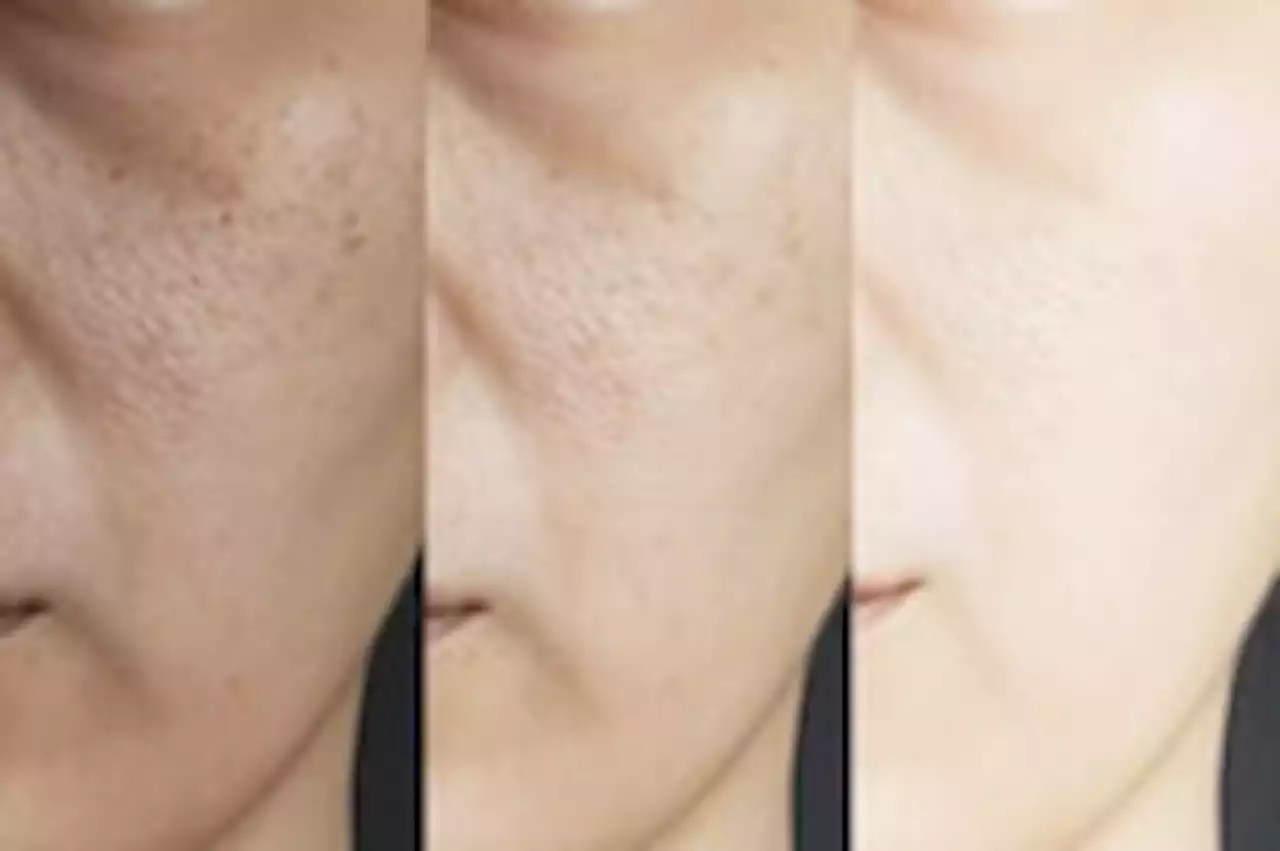Those who rely on skin-lightening products are largely unaware of their potential harm and don’t consult a doctor before trying them, according to an analysis in the International Journal of Women’s Dermatology.
Those who rely on skin-lightening products are largely unaware of their potential harm and don’t consult a doctor before trying them, according to anin the International Journal of Women’s Dermatology. They’re also more likely to exhibit colorist attitudes — beliefs that those with lighter skin are more beautiful and socially advantaged than those with darker skin — than people who don’t use such products.
Eighty percent of the participants were women, and 21.3 percent reported using skin lighteners at some point. About 15 percent said they were first-generation immigrants and 31.2 percent identified as second-generation immigrants.The majority of those who used skin lighteners — 73.2 percent — said they’d bought the products to manage a skin condition such as acne or hyperpigmentation. But 26.8 percent said they bought skin lighteners for general use. Only 22.
Nearly half of the participants said they didn’t know what active ingredients were in the skin-lightening products. That’s of particular concern, the researchers write, because of the risks posed by skin-lightening products, many of which are unregulated and can be adulterated with toxic ingredients such as mercury.Hydroquinone, the most commonly reported active ingredient, is associated with problems ranging from contact dermatitis to eye disease.
United States Latest News, United States Headlines
Similar News:You can also read news stories similar to this one that we have collected from other news sources.
 Nearly a third of coastal wolves in Alaska are eating sea ottersGrey wolves living on the southwest coast of Alaska are regularly eating a diet rich in marine animals
Nearly a third of coastal wolves in Alaska are eating sea ottersGrey wolves living on the southwest coast of Alaska are regularly eating a diet rich in marine animals
Read more »
 New sports teams in cities linked to up to 25% more flu deaths, study saysAmerican cities that picked up a new professional sports team also saw their flu mortality shoot up, a West Virginia University paper found.
New sports teams in cities linked to up to 25% more flu deaths, study saysAmerican cities that picked up a new professional sports team also saw their flu mortality shoot up, a West Virginia University paper found.
Read more »
 'Hyper-synchronized' brain waves may explain why different psychedelics have similar effects, rat study revealsEmily is a health news writer based in London, United Kingdom. She holds a bachelor's degree in biology from Durham University and a master's degree in clinical and therapeutic neuroscience from Oxford University. She has worked in science communication, medical writing and as a local news reporter while undertaking journalism training. In 2018, she was named one of MHP Communications' 30 journalists to watch under 30. (emily.cookefuturenet.com) \n
'Hyper-synchronized' brain waves may explain why different psychedelics have similar effects, rat study revealsEmily is a health news writer based in London, United Kingdom. She holds a bachelor's degree in biology from Durham University and a master's degree in clinical and therapeutic neuroscience from Oxford University. She has worked in science communication, medical writing and as a local news reporter while undertaking journalism training. In 2018, she was named one of MHP Communications' 30 journalists to watch under 30. (emily.cookefuturenet.com) \n
Read more »
 Save nearly $400 on this Japanese knife set that can dice anythingSlice into this sale.
Save nearly $400 on this Japanese knife set that can dice anythingSlice into this sale.
Read more »
 ‘My heart stopped’: Kroger shopper stunned by nearly $2,800 grocery billAn online shopper says she was stunned by a grocery bill that came in as thousands of dollars owed.
‘My heart stopped’: Kroger shopper stunned by nearly $2,800 grocery billAn online shopper says she was stunned by a grocery bill that came in as thousands of dollars owed.
Read more »
 Inspiration for Dracula character may have bled from his eyes: studyVlad III of Wallachia, who some believe was the inspiration for Bram Stoker’s Count Dracula, may have bled tears from his eyes, researchers say.
Inspiration for Dracula character may have bled from his eyes: studyVlad III of Wallachia, who some believe was the inspiration for Bram Stoker’s Count Dracula, may have bled tears from his eyes, researchers say.
Read more »
